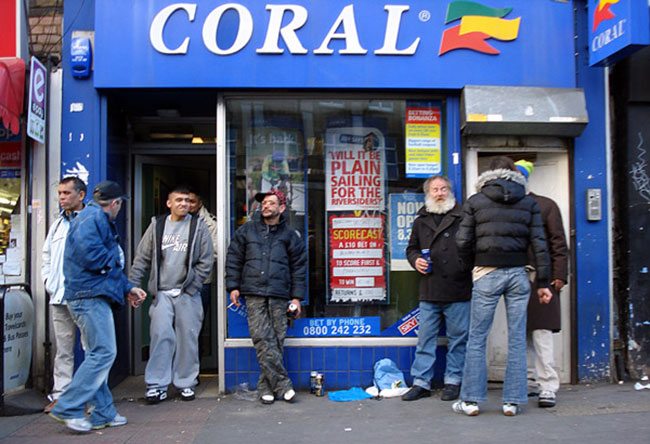Over 1.7m sq ft of retail space, a rise of 61 per cent on the previous year, was lost in 2013 as developers sought to change under performing shops into other uses, with the North West accounting for more than a fifth of all space lost countrywide.
Betting shops were the biggest winner by number of permissions, with potential for 106 new shops by securing changes of use through the planning system. The Local Government Association called for greater powers to protect against the betting blight, earlier this month saying existing planning powers which count betting shops as financial and professional services did not allow them to consider the concerns of local communities.
But, Estates Gazette’s data shows across the country, councils permitted nearly 80 per cent of applications by square feet for change of use to betting shops, with the North East agreeing to the highest amount at 11 out of 11 applications. London was the lowest, permitting just 40 per cent of betting shop applications.
“Betting shops have boomed during the downturn doubling their presence on our high street over the past five years,” said Nadia Elghamry, Data Editor at Estates Gazette, “across the country councils are permitting the majority of applications from betting shops and are only turning around 10 per cent of applications.”
In the twelve months to the end of June 2013 betting shops market share rose to over 9 per cent from 4% per cent in the same period 2008.
Ladbrokes was the UK’s fourth biggest retailer in 2013, according to Estate Gazette’s most acquisitive retailer rankings, rising from a position of 126th in 2008. Paddy Power, Coral and William Hill all rose.
By space leisure operators took over nearly two-thirds of shops space lost or 1.3m sq ft. Graham Shone, head of EG retail research said the trend would continue throughout 2014. “New retail developments are built with around 15-20% of the space dedicated to leisure and restaurant use three times the once traditional 5 per cent, if town centres are going to recover, they may have to end up with the same ratio.”


